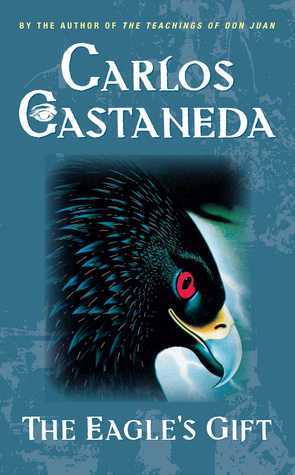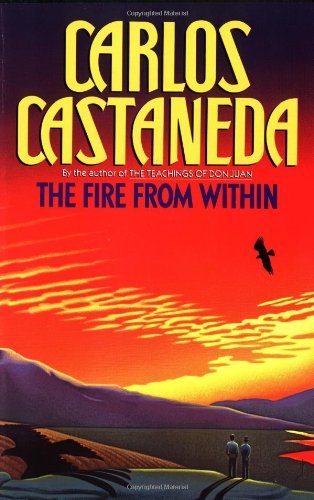
The Eagle's Gift
Book Description
A hidden lineage of ancient wisdom awaits those brave enough to seek it. In 'The Eagle's Gift,' Carlos Castaneda plunges into a world where the boundaries of reality blur and the quest for spiritual awakening takes on a life-altering urgency. Guided by enigmatic teachers, he confronts heart-stopping challenges that test the limits of perception and transform the soul. Unraveling the mysteries of the universe becomes a race against time, with hidden truths lurking in the shadows. Can one man unlock the secrets of the eagle and transcend the ordinary, or will fear consume him in the hunt for enlightenment?
Quick Book Summary
"The Eagle's Gift" by Carlos Castaneda delves into the mystical and complex teachings of a lineage of sorcerers, focusing on the author's apprenticeship under the enigmatic Don Juan Matus. Castaneda explores the concept of the Eagle, a universal force that consumes and recycles human consciousness. The book is structured around the themes of memory, dreaming, and the shifting of perception, as Castaneda seeks personal liberation from the constraints of ordinary reality. Through challenging initiations, encounters with extraordinary beings, and the navigation of fear, he is pushed to the limits of what he believes is possible. Ultimately, the book is both a personal spiritual journey and an invitation for readers to question their own perceptions of reality and the potential of human awareness.
Summary of Key Ideas
Table of Contents
The Eagle and the Nature of Consciousness
Castaneda introduces the Eagle as a metaphorical force that governs the fate of human souls. This cosmic entity is described as both creator and destroyer, consuming the awareness of all living things at the moment of death. The Eagle's Gift refers to the fleeting moments of awareness and autonomy granted to humans—a chance to transcend ordinary existence before being reabsorbed. This overarching theme sets the stage for Castaneda’s spiritual quest, driven by the hope of achieving liberation from the Eagle and dissolving the barrier between illusion and reality.
Recapitulation and Recovery of Personal Power
A key practice throughout the book is the process of recapitulation, a technique for reviewing one’s life experiences to reclaim scattered energy and regain personal power. Through methodical memory work and confronting unresolved emotional baggage, Castaneda learns that recapitulation unlocks deeper layers of awareness. This process not only aids in spiritual cleansing but also enhances his ability to navigate between different realms of perception, making it central to the path of the sorcerer.
The Art of Dreaming and Altered Perception
Dreaming is depicted as a fundamental art, teaching Castaneda to consciously enter and manipulate dream states. Dreaming becomes a gateway to new layers of reality, offering access to other worlds and extraordinary forms of knowledge. By mastering dreaming, Castaneda begins to break the limitations of his ordinary self and glimpses the vast potential contained within the sorcerers’ lineage. This altered perception blurs the boundaries between waking and dreaming, challenging the distinction between what is real and what is imaginary.
Fear, Death, and Spiritual Transformation
Fear and death are constant presences throughout Castaneda’s journey. He is repeatedly pushed into situations that test his courage and force him to confront the unknown. By accepting fear as a guide rather than an obstacle and adopting an awareness of mortality, Castaneda transcends his limitations. This acceptance becomes a catalyst for profound personal transformation, enabling him to let go of attachments and step more fully into the sorcerer’s way of knowledge.
The Legacy of the Sorcerers' Lineage
The legacy of the sorcerers’ lineage is revealed to be a system for passing on ancient wisdom and methodologies for expanding consciousness. The narrative closes with a meditation on the ephemeral nature of this tradition—each generation must make its own break from convention and claim the Eagle’s Gift anew. Castaneda’s journey is both a continuation and a rebirth of this lineage, challenging readers to consider whether true freedom lies beyond the familiar boundaries of self and reality.
Download This Summary
Get a free PDF of this summary instantly — no email required.





